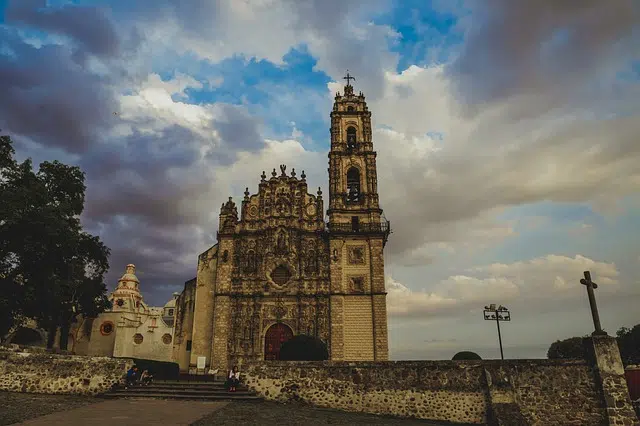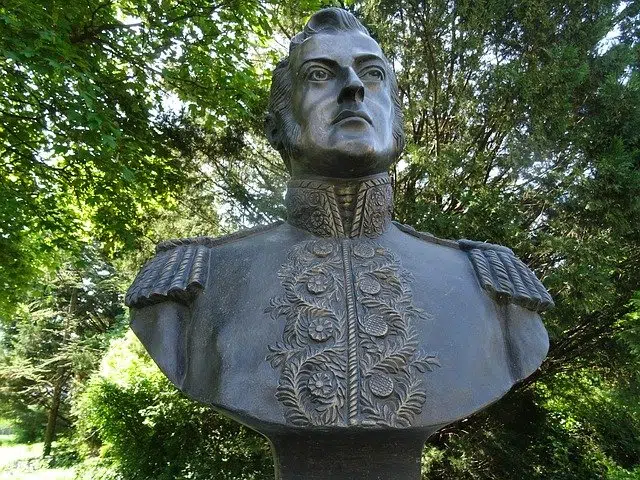
A viceroyalty was a colonial territory administered by a representative of the king.
Viceroyalty is the position of viceroy , the duration of said position and the district governed by this authority that represents the person of the king in the colonial territories.
The viceroy, therefore, administers and governs on behalf of the king . Spain based much of its power on this figure since the extension of its colonies and communication difficulties made it impossible to manage these lands in a centralized manner.
Historical examples
The Viceroyalty of New Spain , for example, existed between 1535 and 1821 and encompassed the Empire's territories in North America , Central America , Asia , and Oceania . Antonio de Mendoza was its first viceroy.
The Viceroyalty of Peru , for its part, was born in 1542 and remained in force until 1824 . There was a viceroyalty (the Viceroyalty of New Granada ) that existed in two stages : 1717-1723 and 1739-1819 .
The Viceroyalty of the Río de la Plata ( 1776-1811 ) was the last created by Spain in America , with Francisco Javier de Elío as the last viceroy.

José de San Martín was a key figure in the independence struggle against the viceroyalties.
Rise and fall of the Viceroyalty of the Río de la Plata
Let us analyze in detail the case of the Viceroyalty of the Provinces of the Río de la Plata, created by the Spanish Crown on the American continent and which was part of the Empire of Spain. The Bourbon reform , which refers to the appointment of Felipe V de Borón as successor of Carlos II by himself a month before his death, gave rise to the provisional creation of this viceroyalty on August 1, 1776, until one more year Later, King Carlos III officially ordered it, based on a suggestion from José de Gálvez y Gallardo, his Minister of the Indies, and decided that the city of Buenos Aires would be its capital.
The emergence of the viceroyalty of the Río de la Plata took advantage of the break that occurred in the viceroyalty of Peru and included Buenos Aires, Tucumán and Santa Cruz de la Sierra, Paraguay and the townships of Charcas and Cuyo (belonging to the Captaincy General of Chile), among other territories. Today, these governorates are part of Uruguay, Argentina, Bolivia, Paraguay and a portion of southern Brazil, southeastern Peru, northern Chile and the Malvinas Islands themselves.
On the other hand, history tells that the African islands Annobón and Fernando Poo (which are currently located in Equatorial Guinea) were also part of the dominions of the viceroyalty, although only in theory; The colonization of these lands by the Spanish government was not successful.
The viceroyalty of the Río de la Plata began to write its last lines when, between the triumph of the May Revolution of 1810 in the city of Buenos Aires, Argentina began the War of Independence, an event that caused the dismantling of the viceroyalty. and ended up dividing it. Francisco Javier de Elío, known as the last viceroy, left power on November 18, 1811, ceding command to Gaspar de Vigodet, who until then had governed Montevideo. Three more years were enough for the Second Siege of Montevideo to overthrow Spanish power in the Río de la Plata.
The concept beyond Spain
It is important to note that Spain was not the only monarchy that developed viceroyalties in other parts of the world. The United Kingdom of Portugal, Brazil and the Algarve , a State ruled by the House of Braganza between 1815 and 1825 , is known as the Viceroyalty of Brazil .
Currently there are no viceroyalties, so the term is associated with historical studies. In informal language, on the other hand, the concept can be used to name different types of domain that have little to do with the political or social organization of past centuries.
